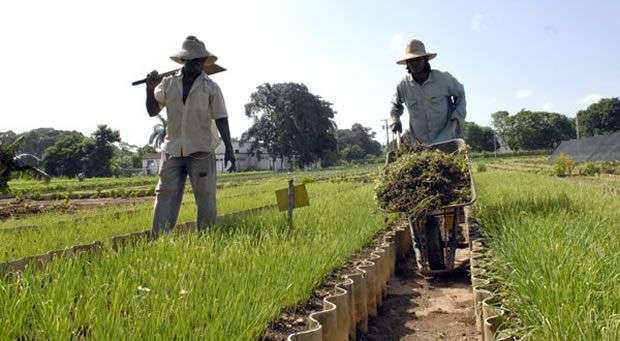An interesting and significant transformation process, identified as updating of the economic model, has started in all sectors of the Cuban economy, with significant implications for social and political aspects of the nation. These changes have been reflected in the Guidelines on the Economic and Social Policy of the Party and the Revolution, adopted at the Sixth Congress of the Communist Party of Cuba, in April 2011, and ratified by the PCC Conference, held in February 2012.
Some analysts have argued that the guidelines reflect what, but you need to know how to implement them. At the same time, they have indicated that they do not specify, at least explicitly, the economic model which they aim to, this is due, essentially, that we can’t see a well-defined strategy, existing perhaps, but not made public.
After the speech delivered by President Raul Castro on July 26, 2007, in Camagüey, the Cuban Communist Party convened to reflect on what he raised there. This resulted in 215 687 study meetings and reflections, described as necessary and useful, in which more than five million Cubans participated. Such a process, sometimes identified as a kind of plebiscite for its massiveness, resulted in more than 1.3 million approaches. These, summarized, constituted the base for the final 313 Guidelines (what we might call the what): an extremely important guidance document, as a starting point to implement economic changes.
See full article here
Author: Armando Nova González
Professor and researcher
TEMAS 2012 October-December issue 72










